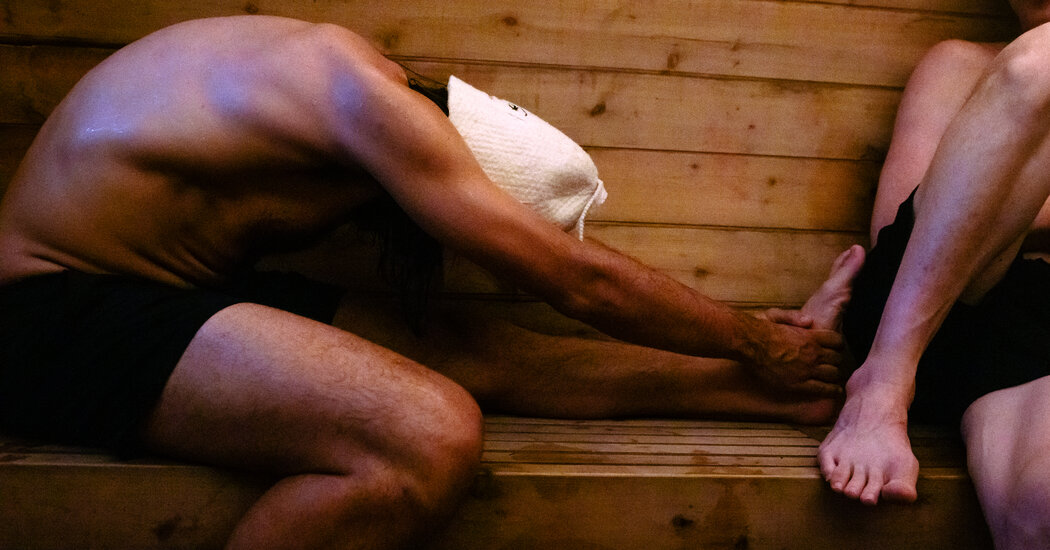A hot tub or a sauna after a hard workout can feel amazing. But is it as healthy as it feels?
After a hard workout, soaking in a hot tub or sitting in a steam room can be transcendent. A heating pad pressed on a particularly tight area of your lower back can help it feel looser after a long day of lifting boxes or hunching at your computer.
“I go to the sauna myself,” said Dr. Wen Chen, a program director at the National Center for Complementary and Integrative Health. After a long day of skiing over the holidays, her back tends to get sore, “but after sitting in the sauna, I’m cured for a couple of days,” she said.
But is it actually speeding up recovery, or does it just feel good?
The answer, it turns out, is yes. How heat interacts with sore muscles is still largely mysterious, but there are a few things that scientists can say. For one, it does ease pain. According to the American College of Physicians, using a heat wrap reduces pain more than a placebo and potentially even more than medications like Advil or Tylenol.
But what are the best kinds of heat? Is a hot bath better than a heating pad? How long after exercise is it most effective? Here’s what researchers know about what happens when heat gets under your skin.
Why does heat feel so good on sore muscles?
When you warm up a portion of your body with, say, a heating pad, your blood vessels relax, increasing blood flow to the area. With that increased blood flow come more oxygen and nutrients that can help heal your tissue, said Dr. Amy West, a rehabilitation specialist at NorthWell Health, a health care network in the New York area.
Heat also leads to chemical changes, such as lowering levels of cortisol in the blood.
Dr. Setor Kunotsor, an epidemiologist at the University of Leicester who has studied the effects of Finnish saunas, said that for people with musculoskeletal disorders like arthritis and fibromyalgia, saunas can lower pain by releasing endorphins, regulating your nervous system and reducing systemic inflammation.
